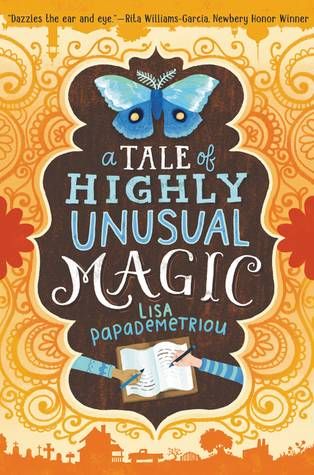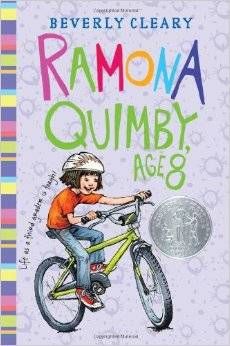
The Therapeutic Effects of Reading Middle Grade Fiction as an Adult
Some people escape the rushing rapids of the urban sprawl in isolation tanks, some drink wine to dull the edges of a bad day at work, and still others practice downward dog to manage their anxiety. I used to watch “Little Bear” and now I’m adding middle grade fiction to my store of weapons employed against the chattering beast.

I typically read three books at a time, give or take, to suit my varying moods and access to WiFi. I found myself turning to my middle grade read after getting through particularly dark scenes in An Ember in the Ashes (and immediately after reading The Girl on the Train), in bed in the morning as a pick-me-up to go with my coffee, or when I just wanted to relax and tune out my own adult troubles. While ten-year-old Leila and Kai have their struggles throughout Papademetriou’s story, the sense of wonder and innocence with which they face them is often absent from adult life.
In her piece on “Why Books are Comforting to Anxious People,” Nicole Froio mentioned that she takes comfort in knowing that when she picks up a book it won’t take long for a story to unfold. One obvious difference between young adult and middle grade fiction is that the latter is typically shorter, which means getting to a resolution faster. Where adulthood is so complicated and resolutions can often be hard to come by, whether in fiction or in life, the knowledge that you’re a hop, skip, and a jump away from the gentle end is a rare commodity and an invigorating change of pace.












